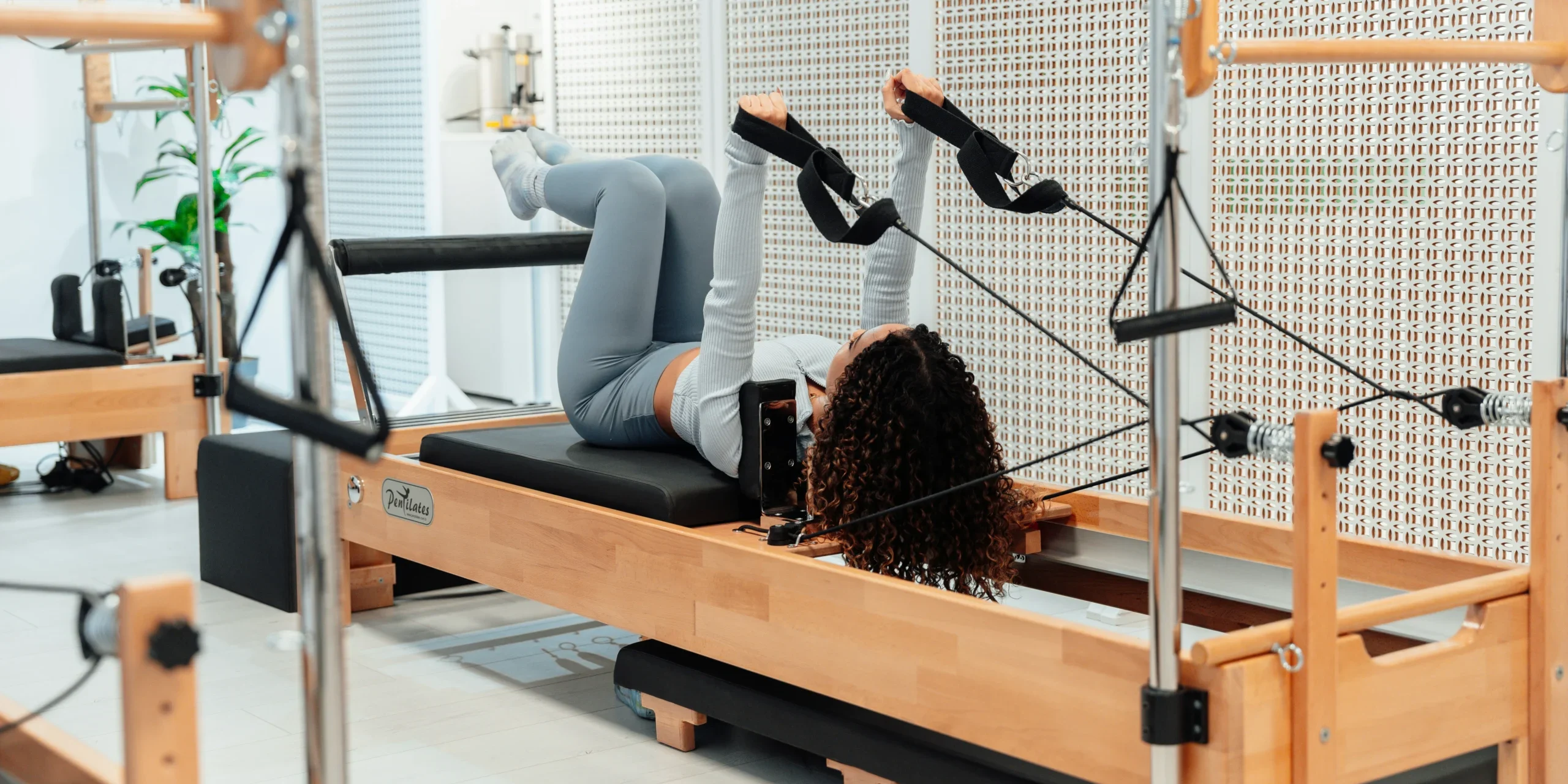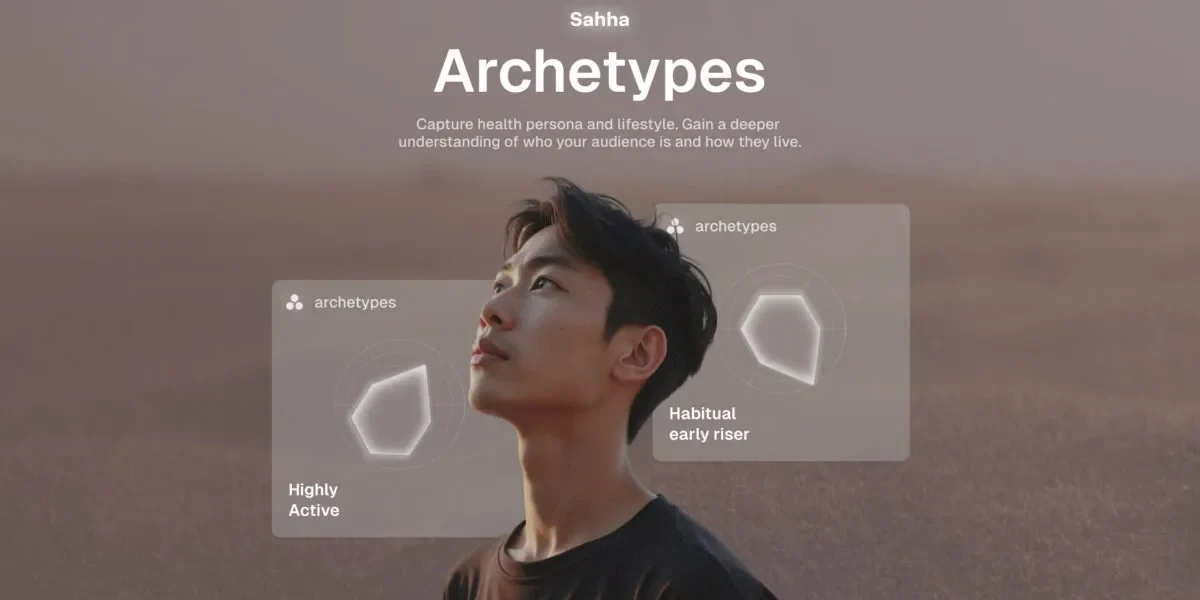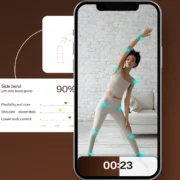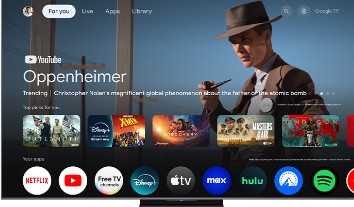ATN spoke to ClassPass VP of Marketing Ivy Wu about why the workout has staying power
Pilates has earned the top spot on ClassPass as the most-booked workout for the second year in a row, with reservations surging 84% since 2023. To understand what’s fueling this growth and whether the trend has staying power, Athletech News turned to Ivy Wu, Vice President of Marketing at ClassPass.
“Pilates has maintained its position as the most-booked workout on ClassPass for two consecutive years and that’s no coincidence,” Wu said. “The surge in popularity aligns with a broader shift toward long-term health vs. high-intensity aesthetics.”
That shift reflects a change in consumer priorities. “According to Mindbody’s 2024 Wellness Index, 61% of participants said their primary motivation for working out is to live a healthier, longer life,” Wu noted. “Pilates fits that demand perfectly, emphasizing core stability, mobility and controlled movement—all while being low-impact.”
And once people try it, they tend to stick with it. “The ClassPass 2024 Look Back Report further highlights that Pilates was not only the most-booked workout of the year but also saw the highest repeat bookings, showing that once people try it, they’re hooked.”
Accessibility is another factor in Pilates’ widespread appeal. “It’s beginner-friendly, low-impact and accessible to all levels—whether you’re new to fitness (which most ClassPass users are), or getting back into it after a long break,” Wu said. “It’s a much easier initiation into the fitness world that’s not as intimidating as, say, a HIIT or boxing class.”
And while plenty of workouts can be done at home with minimal equipment, Pilates is a different story. “Most of us don’t have a Pilates reformer. People need to book classes to get their Pilates workouts in, which is likely a driving factor in its staying power,” Wu explained.
But accessibility alone doesn’t fully explain Pilates’ rise. Wu also pointed to the impact of social media. “Our 2024 Look Back Report shows just how much social media-driven aesthetics like the ‘Pilates Princess’ trend have fueled Pilates’ rise—bookings surged 84% from 2023, solidifying it as the most popular workout worldwide in 2024.”
Influencers have played a major role in transforming public perception. “They’ve reframed Pilates as more than just exercise; they’re spotlighting it as a complete mind-body reset,” said Wu. “While the trend is having its moment, the report also shows that Pilates had the most substantial year-over-year growth, proving it’s not just a fad but a powerful staple in fitness routines.”
There’s also the workout’s visual appeal. “Pilates lends itself to social media content: the low-impact nature lets influencers highlight the aesthetic parts of working out—the matching workout sets, the beautiful studios, the unique machines that some jokingly refer to as medieval torture devices,” Wu said.
ClassPass has also observed a trend dubbed “Men in Pilates.” Wu says, “The workouts are deceivingly difficult and social media loves playing into how humbling Pilates is for all genders and levels of fitness.”
Studios are evolving, too. “With the rise in popularity of Pilates classes, we’re increasingly seeing gyms and studios embrace the trend and adapt their classes to have a Pilates flavor, or add mat Pilates classes to their schedules,” Wu said.
Pilates offers something other workouts don’t: longevity, injury prevention and mental clarity. “Pilates stands out as a low-impact yet highly effective workout that emphasizes core stability, mobility and controlled movement—all crucial for longevity and injury prevention,” Wu said.
That mirrors broader trends toward accessible fitness. “Low-impact classes in general actually saw a huge 109% increase in reservations last year,” Wu said.
Pilates’ flexibility and ease of integration into the workday have also helped. “We offer a Corporate program to companies as a benefit to their employees and we see a lot of users take advantage of their lunch breaks to squeeze in a workout class as a mental or physical break,” she noted.
And it’s not just the body that benefits. “Pilates fosters a strong mind-body connection, which can be a powerful tool for managing stress and enhancing mental clarity,” Wu said. “This dual focus on physical and mental well-being makes it especially compelling for people seeking a more holistic fitness experience.”
Whether you’re sweating through a heated session at Practice Room in Noho, focusing on mindful movement at Holydog Pilates in Kips Bay, or taking a challenging class at Avea Pilates, it’s clear Pilates isn’t just trending, it’s changing the fitness landscape. And as Wu summed it up, “Once people try it, they’re hooked.”






























































